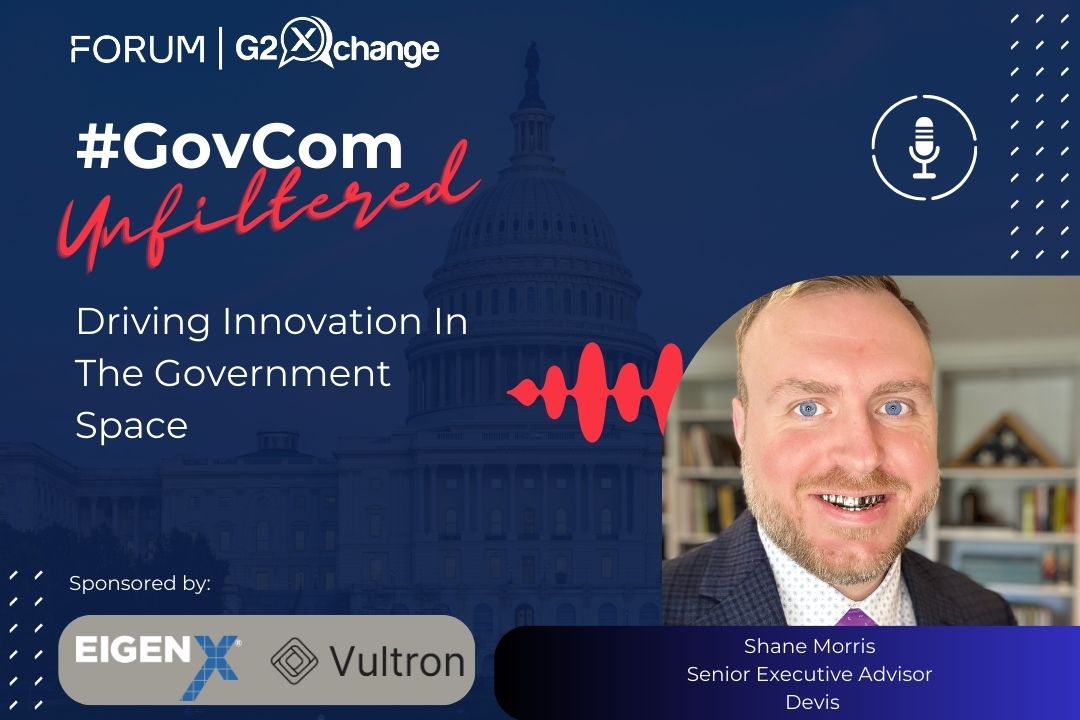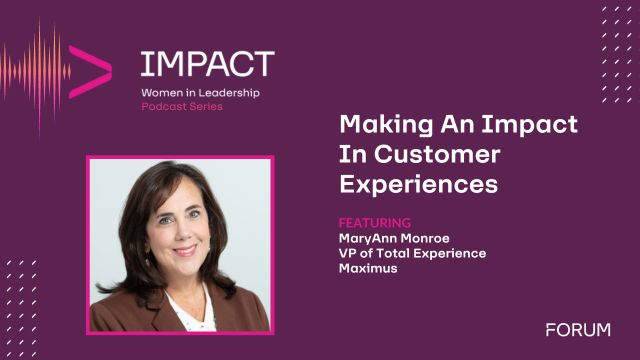Monday, August 24, 2015, By Eric Klos, Principal Consultant at HealthTechture, and Health IT SME for G2Xchange Health
Last week, The Defense Health Agency (DHA) held its annual Defense Health IT Symposium (DHITS) in Orlando, Florida. In anticipation of an award on the $9B Department of Defense (DoD) Healthcare Management System Modernization (DHMSM) program and the potential to learn more about plans for a new DHA specific IDIQ, DHITS Generation I, this event easily reached capacity.
After months of relative silence as the DHMSM evaluation was underway, the announcement of the award to the Leidos/Cerner/Accenture team two weeks prior to the summit only increased expectations and hopes of finally gaining additional clarity about how activity at DHA would proceed. Below are my personal observations of the symposium. I welcome you to challenge my perception and/or express your own observations in the comments section below.
1) Many More Uniforms
I was struck by what I perceived as a larger number of uniforms than we have seen in the past. When I mentioned this to a seasoned veteran of our industry, he shared that the Service Medical community, at the field level, was very interested in DHMSM. Based on the volume of traffic at the event, at the Leidos Health exhibit hall viewing demonstrations, and at the Leidos booth, I certainly agree. As much as industry cares about gaining clarity, the defense health community is even more interested. The time for celebration at Leidos Health had to be short lived as the weight of a thousand eyes falls upon this team to live up to what they promised.
One note, the team from Epic was noticeably absent, though their rather large and paid for booth space provided a nice sitting area.
2) DHMSM sucking the air out of the room.
Granted the DHMSM award is incredibly important for DHA, but everything else seems to have been relegated to the back burner while DHA staff get the ducks in a row. I spoke to several industry veterans who were disappointed that the sessions were running as short as 30 minutes then Q&A, as if there was not much to say. It’s clear that until DHA gets DHMSM rolling, many questions related to how other projects, technologies, and integration points will be affected by DHMSM will remain unanswered.
3) Lack of clarity about how much DHMSM will touch
The elephant in the room seems to be how much will DHMSM consume and where will opportunities lie. Very few industry participants, let alone teammates on the Leidos/Cerner/Accenture team, have depth of experience with the Cerner technology stack, so until it’s understood how the Cerner EHR will fit in the DHA architecture, folks will be guessing a bit at what technical skills or healthcare domain expertise will be required at DHA.
Of note is that the DHA is continuing to move forward with the purchase of solutions that they know they may need to sunset in the near future. For example, this recent RFP for a Clinical Decision Support Tool includes language that as DHMSM is deployed to Military Treatment Facilities (MTFs) “the Clinical Decision Support Tools procured under this contract will be discontinued (i.e., rolled-back) at MTFs that are fully transitioned to the DHMSM EHR. This will result in a decrease in contract license costs that coincides with the Military Health System (MHS) implementation of the DHMSM EHR. The roll-back schedule will be provided by the Government.” While technology vendors will not enjoy that clause, you can expect to see similar language in many solicitations as DHA works to define their roadmap.
4) What will happen with DHITS Gen 1 IDIQ?
There is widespread speculation on the DHITS Generation 1 IDIQ, not just questioning when, but even will it come out. There does not appear to be a champion at this point, and even if it remains on the agenda for DHA, it is clear that it will not be in place for some time. In its absence, note that NITAAC was represented at the conference and they are never shy about marketing their contract vehicles (CIOS-SP3, CIO-SP3 SB, and CIO-CS to DHA) and support to the Services Medical acquisition community. There is a lot of conversation about GSA OASIS becoming a real option and speculation that the new GSA efforts to create a new Special Item Number (SIN) under IT Schedule may play a role.
What is clear is that, until there is a directive from the leadership, it is anyone’s guess. As with any agency, expect to see solicitations driven to the place where it is easiest and where DHA can get the type of competition (or lack thereof) desired. NITAAC is the clear front runner for now.
5) Product Opportunities Exist – Opportunity for Systems Integrators is Unclear
With DHA developing Health Information Technology as a Shared Service and consolidation and standardization of infrastructure and applications at a centralized level, product and solution companies dominated the exhibit floor over systems integrators (SI) by a margin of at least 3 to 1. This was due in part because many more SIs just chose to attend the conference rather than exhibit. Without any movement on DHITS Gen 1 and the lack of clarity around forecasted needs, firms were reluctant to spring for an exhibit booth. The Product companies on the floor received good traction as many DHA officials are finally starting to feel as if they will be able to move forward.












